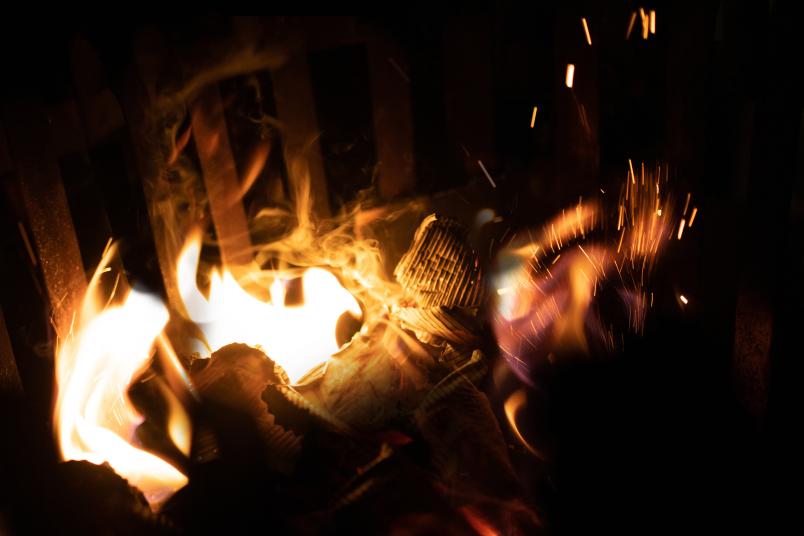Philosophy
The alarm theory of consciousness
Consciousness continues to puzzle researchers. A team from Bochum and San Francisco presents a new theory on its function
Humans possess consciousness. But is it merely a by-product of evolution or does it fulfil a fundamental function? Professor Albert Newen from Ruhr University Bochum, Germany, and Professor Carlos Montemayor from San Francisco State University, USA, have developed a new theory on this question. In the Journal of Consciousness Studies of 1. January 2023, they distinguish two levels of consciousness, both of which also have two different functions.
The first stage of consciousness is basic arousal the second is general alertness. “These two stages are linked to two basic functions that build on each other,” says Albert Newen from the Bochum Institute for Philosophy II, explaining why he doesn’t consider consciousness to be an accidental by-product of evolution. According to the alarm theory, basic arousal first emerged in the course of evolution in order to put the body into a state of alarm so that the organism’s life could be preserved. This happens, for example, when core functions of life such as breathing, food supply or temperature regulation suddenly become unbalanced and survival is at stake.
Basic arousal puts organisms into a state of alarm
“When we go out into the hot summer sun, we automatically start to sweat. Initially, such slow automatic adaptations usually suffice to keep the body temperature stable. They happen unconsciously,” illustrates Carlos Montemayor. “But if we suddenly enter a very hot environment, these slow adaptations are no longer sufficient. The organism is in danger of being damaged, for example because the skin gets burnt. Typically, the body reacts with a pain signal that puts us in a state of alarm, so we do something about it immediately.” When sudden pain occurs, reflexes are set in motion, including an avoidance and escape reflex. Basic arousal thus has the basic function of putting a biological organism into a state of alarm so that it stops all slow adaptation mechanisms such as sweating and initiates a rapid avoidance and flight response that preserves life. Basic arousal by pain continues and guarantees that people care about their body beyond the first reflex reaction.
General alertness enables new behaviours
According to Newen and Montemayor, humans and many animals have also developed a general alterness based on this mechanism. It enables many forms of learning that go hand in hand with focused attention. If the body is put into a state of alarm, organisms can use general alertness not only to activate some reflexes, but also to initiate new actions. “For example, it helps us learn that a threat of fire can be eliminated not only by fleeing, but sometimes also by using a fire extinguisher,” outlines Newen.
Newen and Montemayor see evidence for this theory primarily in two animal studies by groups performing experimental studies. In one study from 2020, guided by Yuri Saalmann at the University of Winsconsin, macaques were anaesthetised, just like humans undergoing surgery. In this state of unconsciousness, the researchers selectively activated a specific area in the brain, the central lateral thalamus. As soon as this stimulation took place, the macaques woke up. When the stimulation was stopped, they fell back into unconsciousness. “The stimulation acted like a switch to activate consciousness,” explains Carlos Montemayor. But it triggered only a basic arousal, because the macaques could feel pain, see things and react to them, but they weren’t able – as with normal wakefulness – to participate in learning tasks.
Crucial role of the thalamus
A second experiment, guided by Michael Halassa at the Massachusetts Institute of Technology, additionally proves that mice possess general everyday wakefulness. The animals learned to respond to a sound in a different way than to a light signal. They were also able to interpret a third signal that told them whether to focus on the sound or the light signal. “Seeing as the mice were able to learn this quickly, it is evident that they’ve mastered learning with focused conscious attention and thus possess general alertness,” concludes Albert Newen. Other areas of the thalamus were significantly involved, namely the activation of a core area, the nucleus reticularis. The alarm theory of consciousness has filled in a gap of major rival theories of consciousness – the so-called global workspace theory of the brain and the information integration theory – which attribute only an insignificant role to the thalamus.
In addition to basic arousal and general alertness, humans also possess reflexive self-consciousness, namely the capacity to reflect on themselves, their past and their future. “The extent to which some animals have basic forms of reflexive self-consciousness is still an open question,” says Newen. “This form of consciousness will be discussed in future work.”

